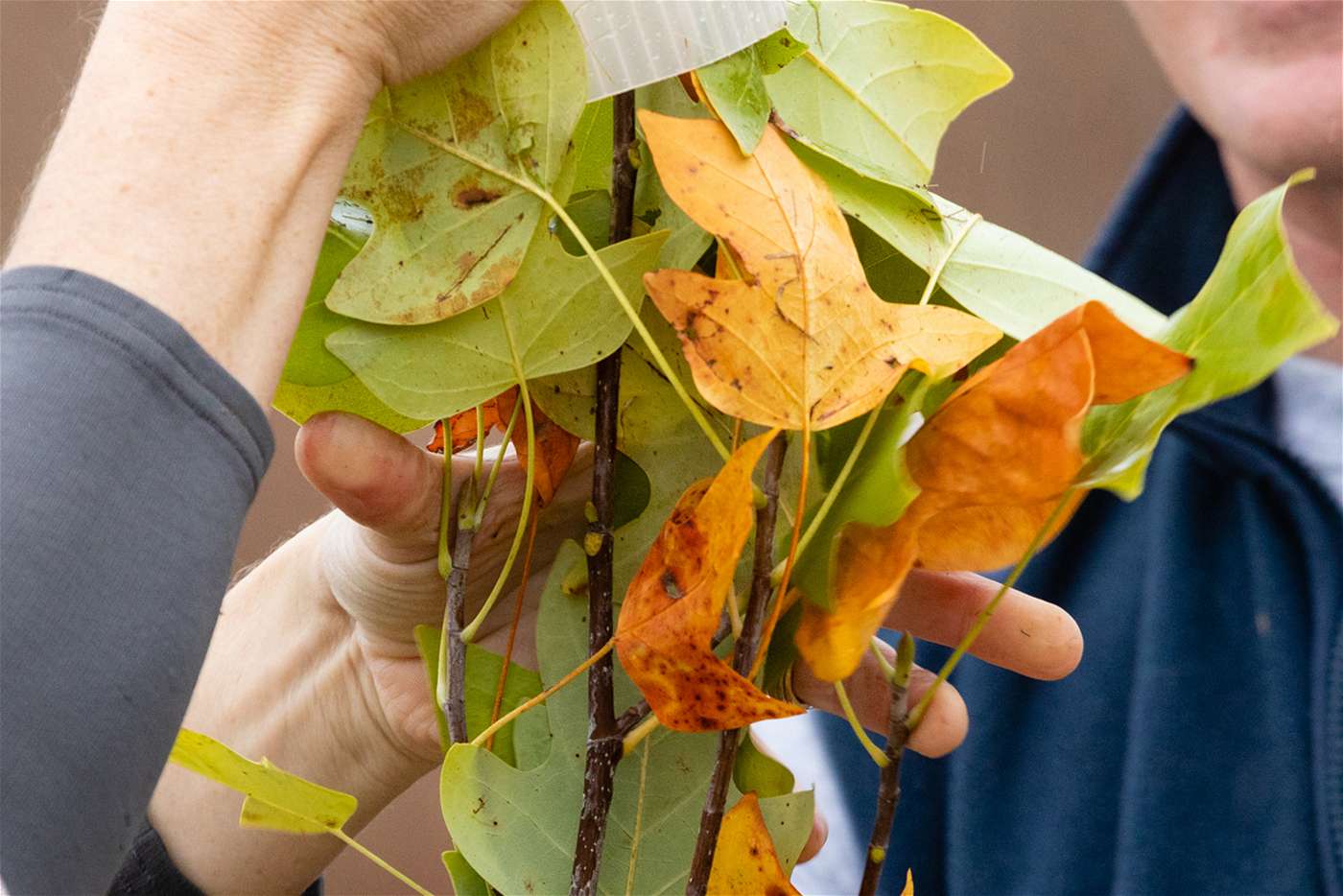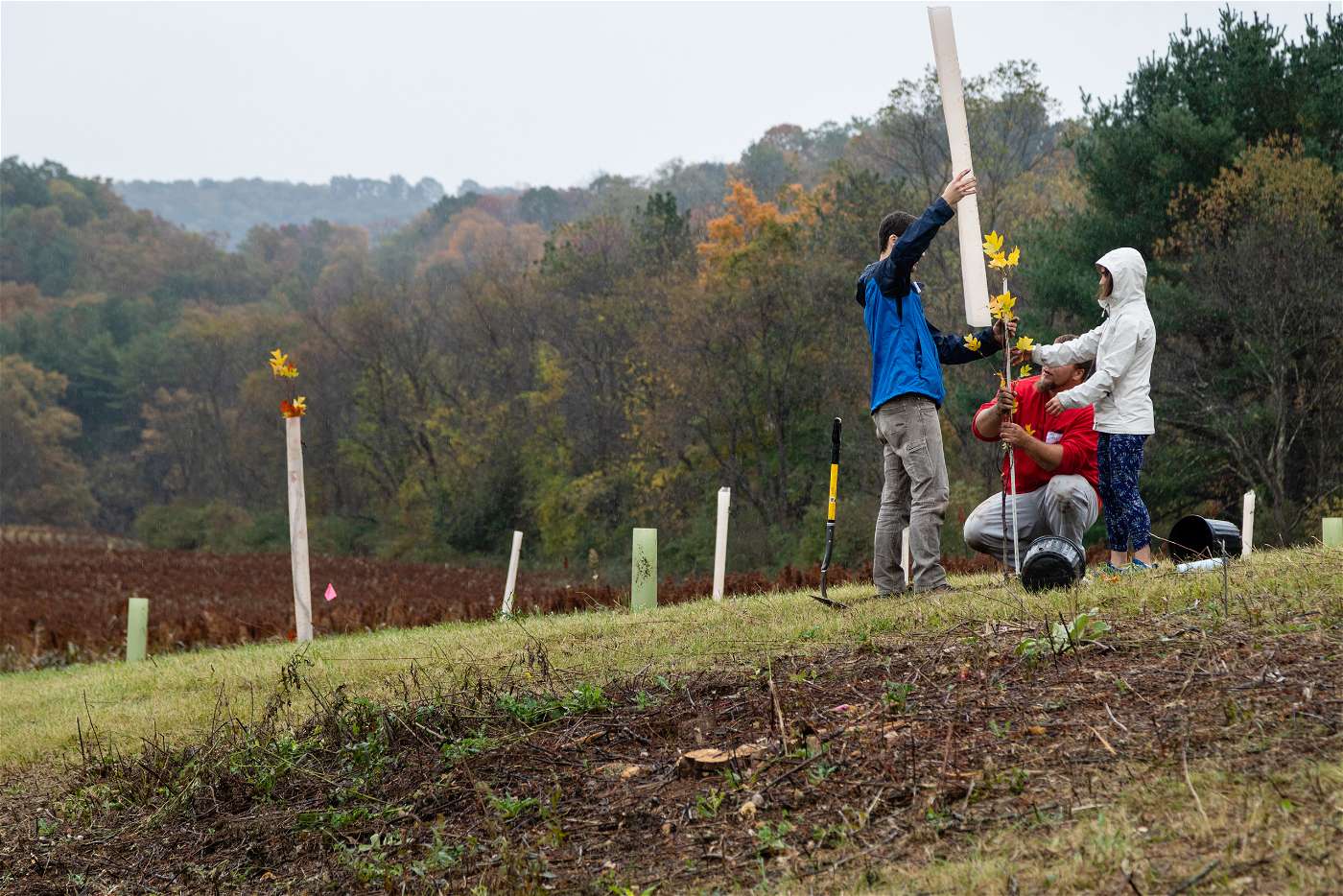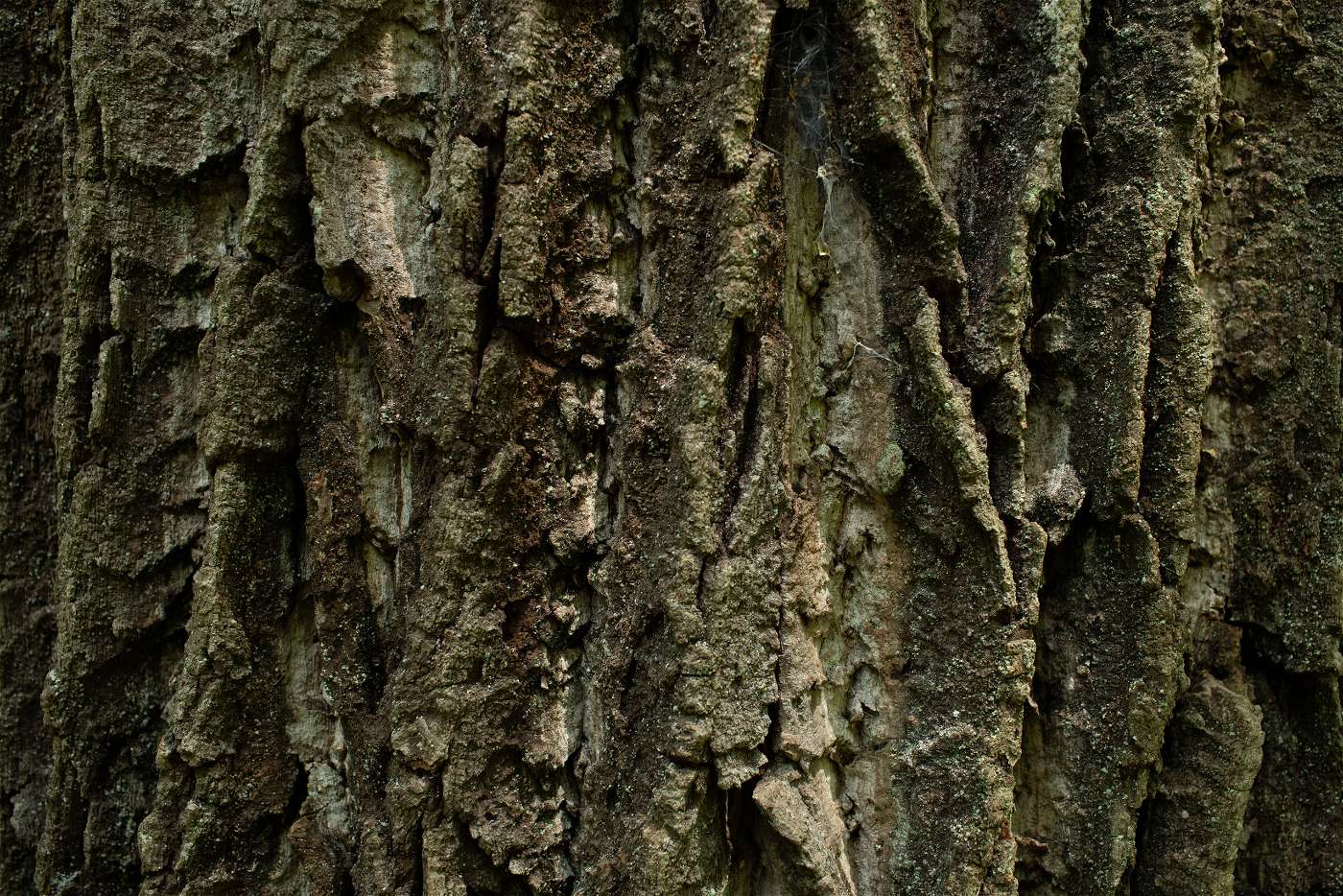PENN STATE AGRICULTURE AND ENVIRONMENT CENTER
Conservation Calluses as Silver Linings to a COVID Year: How conservation professionals pivoted to meet the needs of 2020 and strengthen plans for 2021
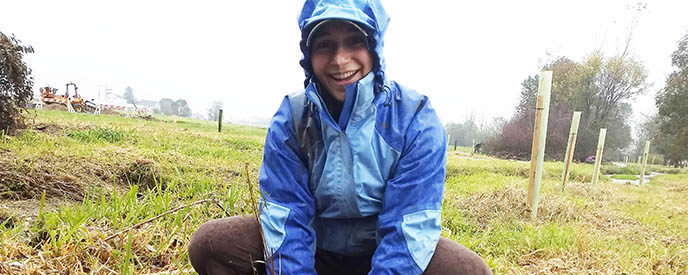
I am glad to have bid farewell to 2020.
The year was the proverbial Achille’s heel of conservation programs across the Commonwealth of Pennsylvania and no doubt across the nation. I almost admire its work to find the weaknesses in all of our operations—almost.
The year was a hard-earned callus on the hands of all environmental educators, conservation and ag consultants, and natural resources professionals of every form. Through the year of incredible challenges, all of us in the natural resource field were tested to shed our old skins and build a more resilient and nimble foundation from which to operate.
Programs that have relied heavily on volunteer hours, door knocking, hand shaking, and of course, casual coffee brainstorming with stakeholders saw their fair share of redirection.
Funds that were earmarked for workshops and fundraising banquets gathered dust at first, and our morale may have been shaken by the abrupt transition to a virtual world. But, while a callus hurts to build at first and we all know our growing pains are ongoing, we can look back on our year’s efforts to see the growth we’ve achieved even through hardship.
Working for the Penn State Ag and Environment Center, I find myself often at the junction of many partners including non-profits, local governments, private consultants, and everyone in between.
The year 2020 was no different. However, our collaboration has taken on a whole new medium!
We’ve developed entire programs over conference calls, created online webinars to share our information with the public, and even started drafting new and creative ways to inspire folks through blog posts, podcasts, and even YouTube videos.
If there were ever a reason for environmental professionals to take to the internet instead of donning rain jackets and muck boots, consider 2020 the carrot and the stick! Though, that’s not to say we were all excited for this new virtual world. Many of us are in this field because we care deeply about the personal interactions we have with the public and genuinely enjoy our time spent on farms, mucking through wetlands, navigating streams, and generally getting our hands dirty.
The idea of creating action from my laptop was initially daunting, and if I’m being honest, I’m still not an expert at virtual engagement. However, I can promise you, I have learned to see the silver lining of our new calluses. This year has strengthened not only our programmatic operations, but also our resolve to achieve conservation goals even in the face of, or perhaps in spite of, extraordinary circumstances.
Last year, several particular projects were forced to go from the “try that out someday” list to the “must master to succeed” list in a blink of an eye.
We had several landowners stepping up with their families to plant and maintain many acres of riparian buffers, a task that is generally supported by hundreds of volunteers each year.
We also prioritized the development of a long-term buffer maintenance pilot program in Lancaster County to support those landowners with professional contractors.
One of our biggest accomplishments of 2020 was to put together a joint professional contract for 50 acres of riparian buffer plantings that would have otherwise been delayed until volunteer help could be utilized. This not only alleviated our volunteer restrictions, but also provided us an opportunity to try a new logistical management plan and support conservation contractors who truly needed the work in the fall.
These programs and projects may have been completed regardless of the extenuating circumstances of this past year. However, it’s obvious that these special circumstances pushed us to think above our regular timelines and outside of our regular avenues of operation, truly fast-tracking innovation.
We pulled together across many boundaries as a conservation team, providing each other knowledge, assistance, and support to keep our collective lights on, and that has been something I am incredibly grateful for.
So, while I am happy to finally say farewell to 2020, we will certainly cherish those calluses as lessons learned and opportunities created.
Sarah Xenophon, Penn State Ag and Environment Center
EDITOR’S NOTE: Sarah Xenophon and staff and volunteers of the Penn State Ag and Environment Center have been relentless in their work for clean water and as partners in the Keystone 10 Million Trees Partnership.
-
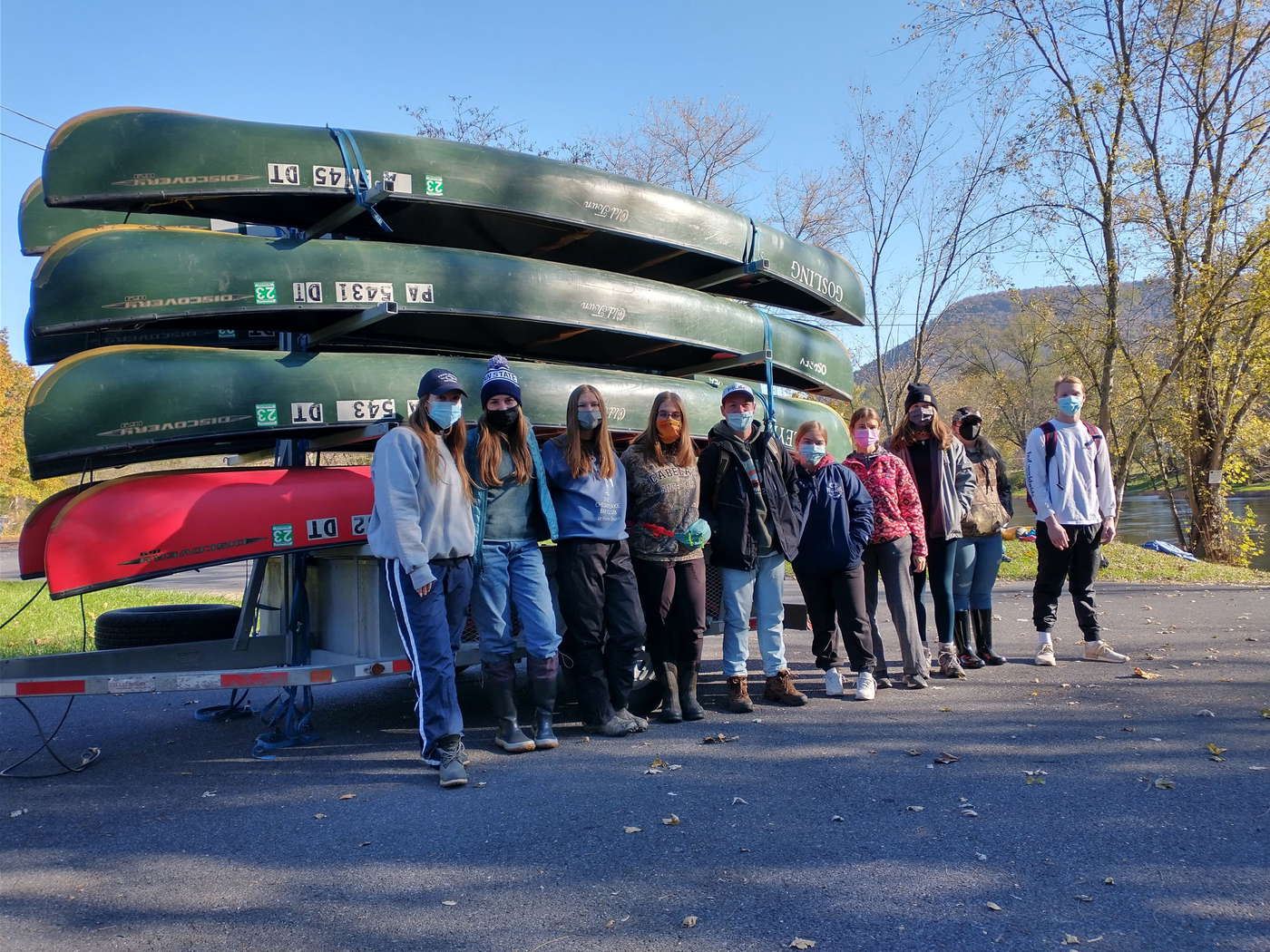 Volunteer Story
Volunteer StoryBay Club at Penn State University
At Penn State, members of The Chesapeake Bay Club want to participate in local stream cleanups, small stream restoration projects, and more.
-
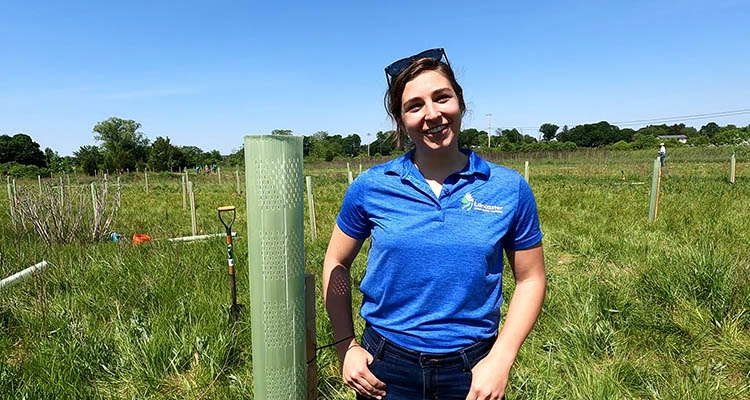 Partner Story
Partner StoryLANCASTER CLEAN WATER PARTNERS
Partnerships and trees changing water quality in Lancaster County.
-
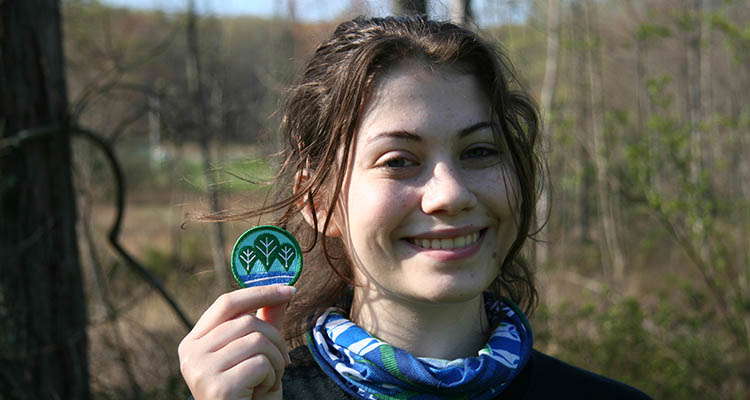 Partner Story
Partner StoryGIRL SCOUTS IN THE HEART OF PENNSYLVANIA
In 2021, Girl Scouts launched a bold tree-planting initiative in the Girl Scout Tree Promise effort to plant, protect or honor five million trees by 2025.


